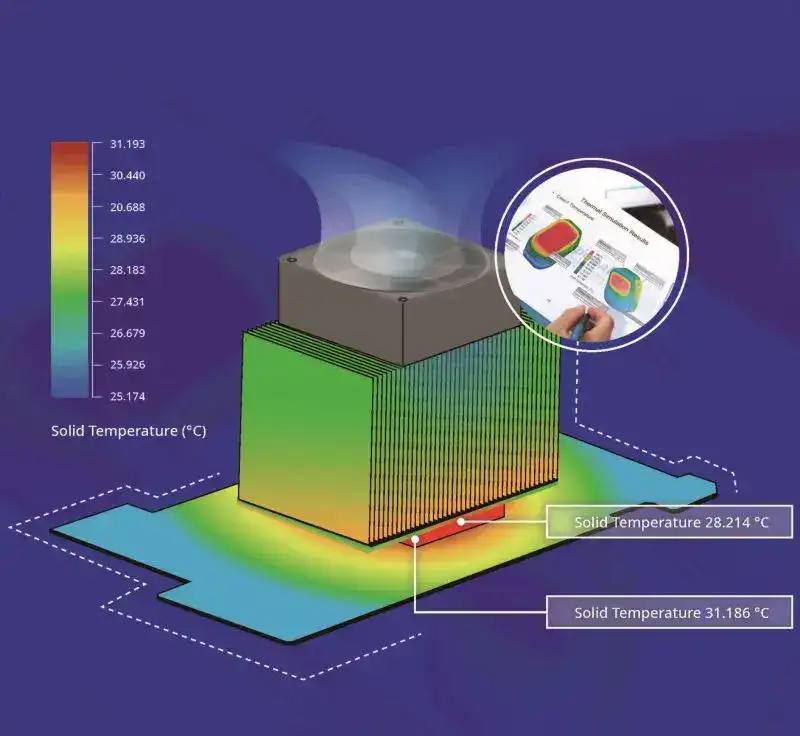Electronic cooling is essential for managing heat, ensuring devices operate reliably, efficiently, and have a longer lifespan
Heat is the enemy of electronics, as excessive temperatures can significantly degrade performance or even cause complete failure.
There are several effective electronic cooling methods that engineers and designers commonly use:
Cooling Methods in Electronics
Passive Cooling Methods
Passive cooling methods, like heat sinks and thermal conduction, rely on natural convection and radiation.
- Heat Sinks: Heat sinks made from aluminum or copper enhance heat dissipation by increasing surface area exposed to cooler air. It increase the surface area available for heat dissipation, allowing electronic components to transfer thermal energy more efficiently into the surrounding air. By incorporating fins, ridges, or other extended surfaces, heat sinks improve airflow contact, whether through natural convection or by fans that force air. This process helps lower the device’s temperature and prevents overheating.
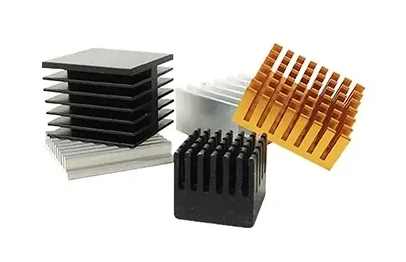
- Heat Pipes: Heat pipes are highly effective for transferring heat away from sensitive electronics. In addition, these sealed tubes contain liquid that evaporates and condenses, quickly moving heat from hot to cooler areas.

- Vapor Chambers: Two-phase vapor chambers serve as advanced cooling solutions by utilizing evaporation and condensation cycles, similar to heat pipes, but in a flat design. They distribute heat evenly and rapidly across surfaces, significantly enhancing heat transfer efficiency in high-performance electronics. Additionally, vapor chambers excel in scenarios that require uniform heat distribution, such as CPU cooling and compact electronic devices.
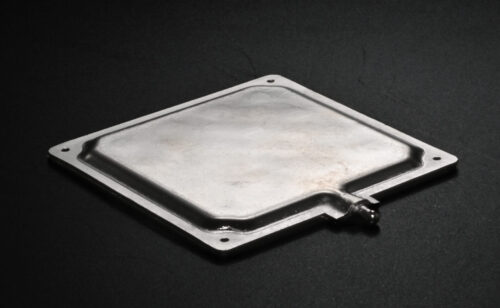
Active Cooling Methods
Active cooling includes fans and liquid cooling systems. Fans increase airflow across hot components, while liquid cooling circulates coolant through a system to absorb and carry away heat.
- Fans: Fans are devices that create airflow by rotating blades, helping to dissipate heat from hot surfaces like heat sinks and electronic components. The airflow enhances convective heat transfer, cooling objects more efficiently. Fans are commonly used in both passive and active cooling systems for devices such as computers and CPUs.
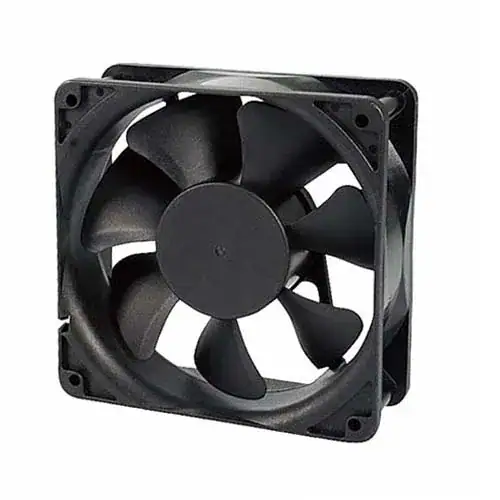
- Liquid Cooling Systems: Liquid cooling systems use a water-based coolant to directly absorb heat from electronic components, such as processors and graphics cards. The coolant circulates through a closed loop, traveling over heated surfaces to absorb heat and carry it away. A pump moves the heated coolant to a radiator or heat exchanger, where fans or other cooling mechanisms cool it down before it recirculates to continue the cooling process. Because liquids have superior thermal conductivity, they absorb heat more efficiently than air. Engineers commonly employ these systems in high-performance computing applications, gaming PCs, and industrial machinery to maintain optimal operating temperatures.

- Thermoelectric Coolers (TECs): Thermoelectric coolers use the Peltier effect to transfer heat electronically. They’re compact and highly efficient for targeted cooling, making them ideal for precise temperature management situations.
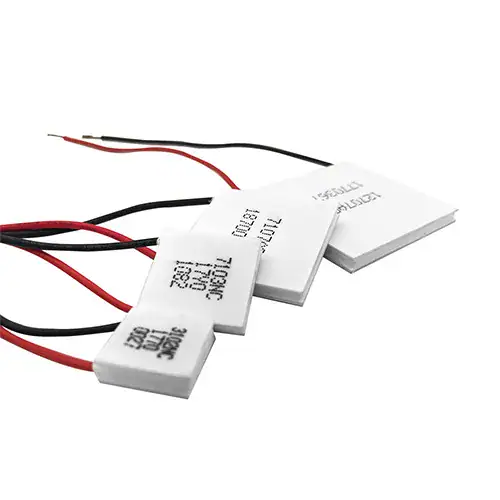
Best Practices for :
- Ensure proper thermal interface materials (TIM) are used to enhance heat conduction.
- Optimize airflow within the device housing to reduce hot spots.
- Regularly clean cooling components like fans and heat sinks to maintain optimal performance.
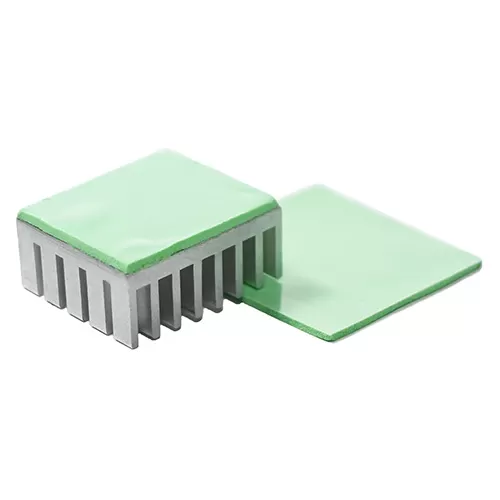
Proper electronic cooling isn’t just good practice; it’s essential for reliability, performance, and safety. Whether you’re designing a compact gadget or managing large data centers, investing in efficient cooling solutions will pay dividends in the longevity and effectiveness of your electronic systems.
Ready to turn down the heat? Let’s start the conversation at usa@tglobal-usa.com or explore our free thermal design toolkit!
